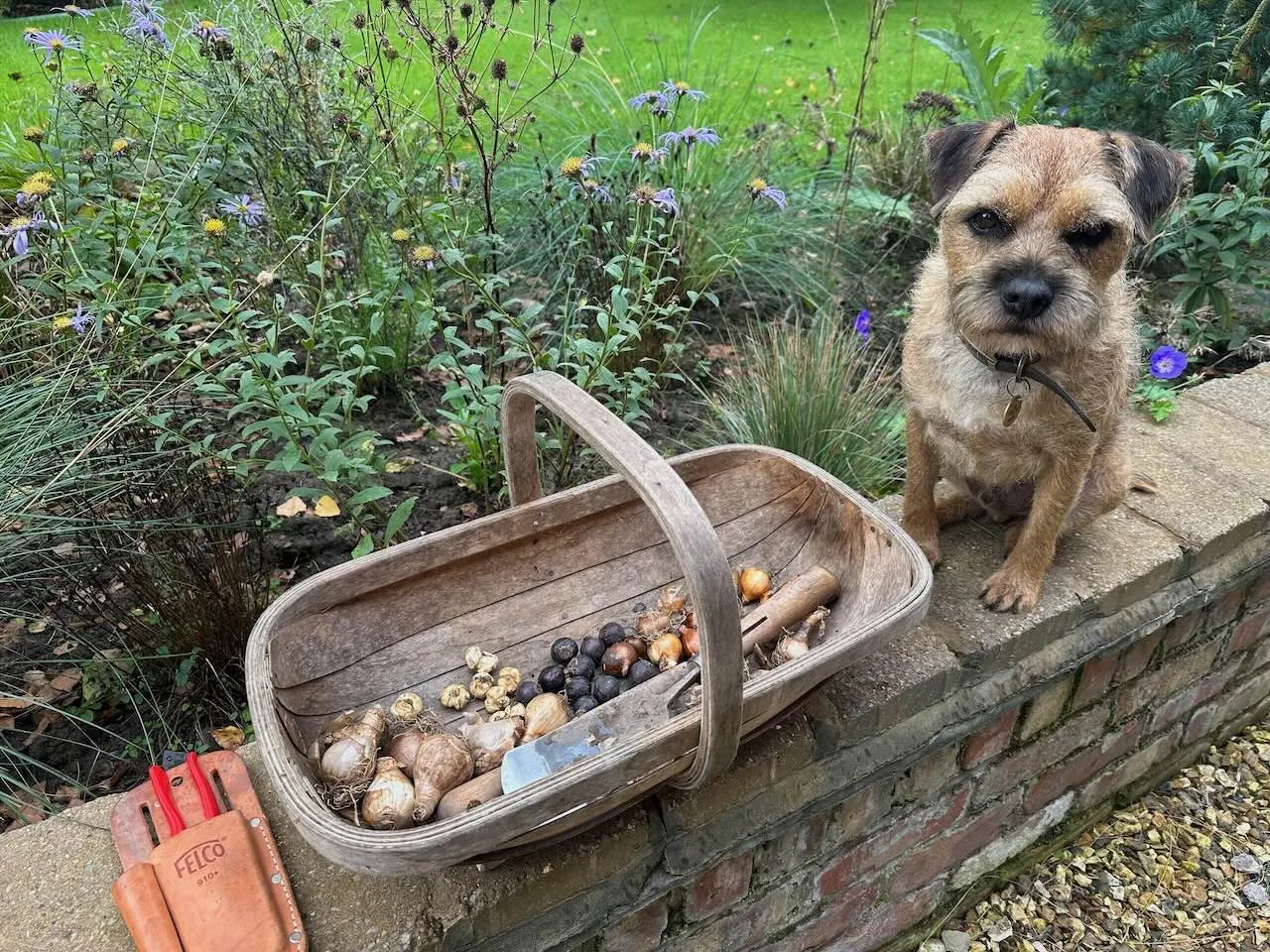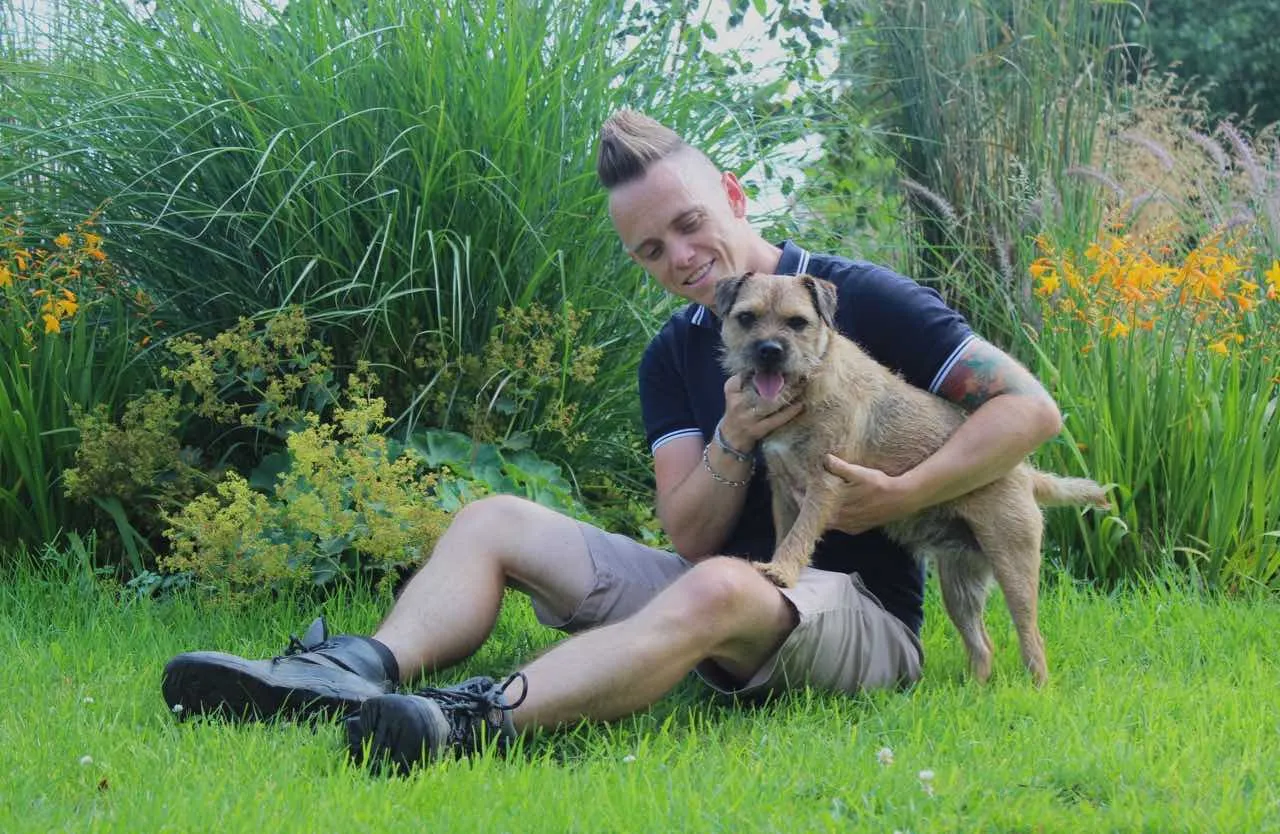Hi @mrcuke
Great question about Allium bulbs and how to start them before planting in the ground. The advice you have read is correct that if you plant a bulb in a pot, you should avoid transplanting it until it's finished flowering, or you will stunt or potentially kill the bulb with exhaustion.
My guidance would be to plant the bulbs in pots now, but wait until next June to get them in the ground. Planting out in March or spring next year will only cause the alliums to have a massive mood swing in my experience. They are quite fussy in terms of stability and consistency. I'll go into a bit more detail on the why and how now.
https://youtu.be/xUaj1GFaGFU
1. Transplanting While Flowering Can Damage the Bulb
When a bulb is in flower, it’s at the peak of its energy use. It’s sending stored resources into producing the flower, and is not yet replenishing those reserves. Digging it up or moving it at this stage can:
-
Disturb or damage roots that are actively supporting the flower
-
Interrupt the water and nutrient supply
-
Causing the bulb stress, leading to poor flowering the following year or even bulb death.
Waiting until flowering has finished ensures the bulb has completed its reproductive effort before being disturbed.
2. Post-Flowering Period is Crucial for Next Year’s Blooms
After flowering, bulbs begin storing energy for the next season by photosynthesising through their leaves. This period, known as the "die-back" phase, is essential for:
-
Replenishing the bulb’s carbohydrate reserves
-
Developing next year’s flower bud inside the bulb
-
Strengthening the bulb’s overall health and increasing its size
Planting the bulb into open ground too early—before this process is underway—can interfere with its ability to store energy, often resulting in no flowers the following year.
3. Root Systems Are Fragile During Active Growth
Bulbs in pots often have dense, delicate root systems. When moved while flowering, these fine roots can break, especially if they’ve filled the pot tightly. This hinders the bulb’s ability to absorb water and nutrients, leading to wilting or stunted growth.
Once the flowering has finished and the foliage starts to yellow naturally, the bulb is entering dormancy, and the roots begin to die back. This is the ideal time to transplant, as root damage is less likely to affect the bulb’s health long-term.
4. Less Stress Means Better Establishment
Planting bulbs after flowering means:
-
Less transplant shock
-
A lower risk of leaf damage
-
A better chance for the bulb to settle in and establish properly before dormancy
-
Increased resilience against pests, rot, and weather stress in the garden
By waiting, you’re setting the bulb up for successful naturalisation and long-term flowering.

When and How to Plant Potted Bulbs After Flowering
Wait until flowers have faded and the leaves have begun to turn yellow. This is your cue that the bulb has completed its life cycle for the season. Then:
-
Deadhead the spent flower heads to prevent energy going into seed production.
-
Keep watering and feeding the bulb in its pot until the foliage naturally yellows.
-
Once the leaves are fully withered, gently remove the bulb from the container.
-
Plant it at the appropriate depth (usually two to three times the height of the bulb) in well-drained soil in a sunny or semi-shaded spot.
-
Water it in, then leave the bulb to rest until the next season.
Do let us know how you get on and if you're looking for design inspiration, why not take one of my online garden design courses?
All the best
Lee Garden Ninja
Hi @mrcuke
Great question about Allium bulbs and how to start them before planting in the ground. The advice you have read is correct that if you plant a bulb in a pot, you should avoid transplanting it until it's finished flowering, or you will stunt or potentially kill the bulb with exhaustion.
My guidance would be to plant the bulbs in pots now, but wait until next June to get them in the ground. Planting out in March or spring next year will only cause the alliums to have a massive mood swing in my experience. They are quite fussy in terms of stability and consistency. I'll go into a bit more detail on the why and how now.
1. Transplanting While Flowering Can Damage the Bulb
When a bulb is in flower, it’s at the peak of its energy use. It’s sending stored resources into producing the flower, and is not yet replenishing those reserves. Digging it up or moving it at this stage can:
-
Disturb or damage roots that are actively supporting the flower
-
Interrupt the water and nutrient supply
-
Causing the bulb stress, leading to poor flowering the following year or even bulb death.
Waiting until flowering has finished ensures the bulb has completed its reproductive effort before being disturbed.
2. Post-Flowering Period is Crucial for Next Year’s Blooms
After flowering, bulbs begin storing energy for the next season by photosynthesising through their leaves. This period, known as the "die-back" phase, is essential for:
-
Replenishing the bulb’s carbohydrate reserves
-
Developing next year’s flower bud inside the bulb
-
Strengthening the bulb’s overall health and increasing its size
Planting the bulb into open ground too early—before this process is underway—can interfere with its ability to store energy, often resulting in no flowers the following year.
3. Root Systems Are Fragile During Active Growth
Bulbs in pots often have dense, delicate root systems. When moved while flowering, these fine roots can break, especially if they’ve filled the pot tightly. This hinders the bulb’s ability to absorb water and nutrients, leading to wilting or stunted growth.
Once the flowering has finished and the foliage starts to yellow naturally, the bulb is entering dormancy, and the roots begin to die back. This is the ideal time to transplant, as root damage is less likely to affect the bulb’s health long-term.
4. Less Stress Means Better Establishment
Planting bulbs after flowering means:
-
Less transplant shock
-
A lower risk of leaf damage
-
A better chance for the bulb to settle in and establish properly before dormancy
-
Increased resilience against pests, rot, and weather stress in the garden
By waiting, you’re setting the bulb up for successful naturalisation and long-term flowering.

When and How to Plant Potted Bulbs After Flowering
Wait until flowers have faded and the leaves have begun to turn yellow. This is your cue that the bulb has completed its life cycle for the season. Then:
-
Deadhead the spent flower heads to prevent energy going into seed production.
-
Keep watering and feeding the bulb in its pot until the foliage naturally yellows.
-
Once the leaves are fully withered, gently remove the bulb from the container.
-
Plant it at the appropriate depth (usually two to three times the height of the bulb) in well-drained soil in a sunny or semi-shaded spot.
-
Water it in, then leave the bulb to rest until the next season.
Do let us know how you get on and if you're looking for design inspiration, why not take one of my online garden design courses?
All the best
Lee Garden Ninja
 Lee Burkhill: Award Winning Designer & BBC 1's Garden Rescue Presenters Official Blog
Lee Burkhill: Award Winning Designer & BBC 1's Garden Rescue Presenters Official Blog



